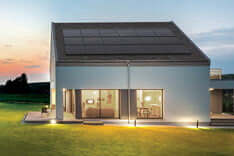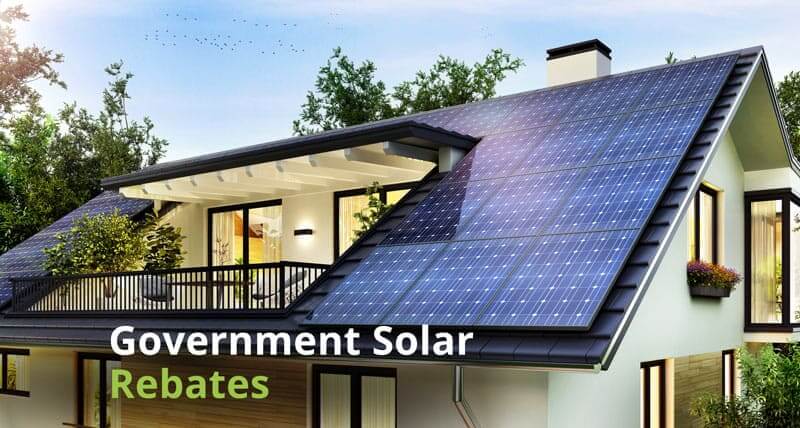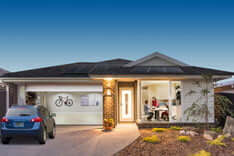Making sure solar panels are tilted perfectly to follow the sun’s path across the sky during the day is crucial. Getting the angle right can greatly improve your panels’ power production. Figuring out the best tilt for your solar panels is key, considering your whereabouts and the sun’s course.
To calculate your solar panel angle, you need to know the latitude your home lies. The ideal angle for solar panels in Australia is equal to the latitude angle. Once you identify the latitude, set up your panels so that they are perpendicular to the sun.
The right solar panel angle in summer is not the right angle in winter. During summer, you can tilt your panels for them to absorb as much sunlight as possible. During winter, keep your panels as perpendicular to the sun as possible since it is not as hot. It also stops snow from accumulating on your panels.
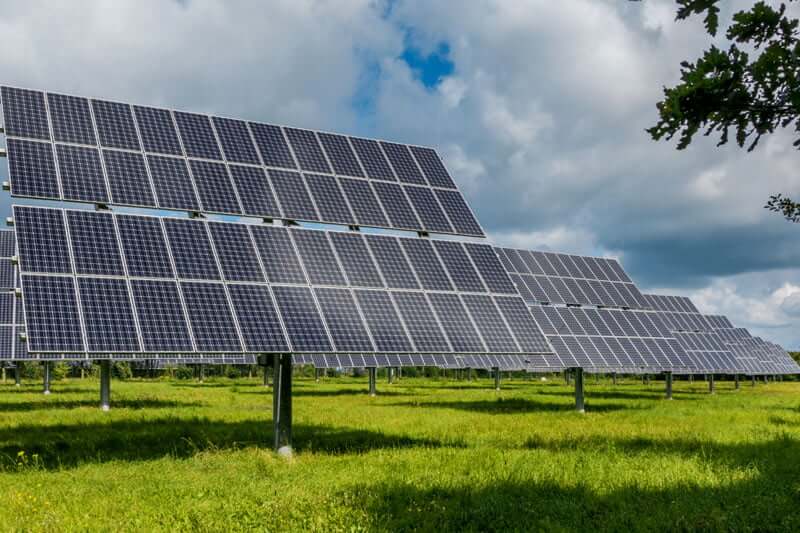
Table of Contents
ToggleHow To Calculate Solar Panel Angle
During winter, to get your ideal solar panel angle, take your latitude angle and add 15 degrees. The ideal winter solar panel angle ensures that your solar panels can absorb much of the winter sun to produce some power for your home.
During summer, you will subtract 15 degrees from your latitude angle to get the ideal tilt angle for your solar panels.
Why Should You Consider Solar Panel Angle When Installing Your Solar Panels
Maximum Exposure Of Your Solar Panels To Sun
To say that your solar panels are correctly installed, they must be adequately exposed to the sun.
Proper exposure to the sun ensures that your solar panels can absorb as much sun as possible to produce at their maximum levels. Maximum exposure to sunlight hitting the earth is important in winter since the sunshine is lower than in summer.
Increase Your Solar Panel Efficiency
When you consider your ideal angle when installing your solar panels, you increase the efficiency of your solar panels. When panels are installed at the ideal angle for your region, they absorb sunshine appropriately. Consequently, they will produce electricity at their rated capacity.
During winter, when your solar panels are installed at their ideal angle, you can enjoy solar power even with little sunshine.
When not installed at the ideal angle, your solar panels lose up to 1.5% of their maximum production capacity.
Factors To Consider When Calculating Ideal Solar Panel Angle
Roof Tilt
Roof tilt is determined by the architecture of the house. You can build a house with a flat roof or like many homes in Australia, your roof could have a 23 degrees tilt.
Ideally, the roof of your home should be angled at the latitude of your location. In this case, it is easy to calculate the ideal angle of your solar panels. However, when the roof is not angled to the latitude you can install your panels to the tilt of the roof.
If you install your panels on a flat roof, you will need a mount to provide an angle of 10 degrees tilt for the panels to provide power optimally.
Location
Where you live also determines the ideal solar panel angle. The further north you go in Australia, the lower the latitude angle. Thus, the ideal solar panel angle is different depending on the location of your home.
Additionally, you experience the sun differently in different locations in Australia. Therefore, the ideal solar panel angle is different depending on your location.
Season
When calculating the ideal angle for your solar panels, you must consider the season. The ideal solar panel angle in summer is not the ideal angle in winter. In summer, you can let your panels have a low tilt. In winter, you need to have your panels installed at right angles for maximum exposure to the limited sunlight.
Use This Free Tool
Gosolarquotes.com.au is a free tool to connect you to accredited solar installers. If you want your solar panels installed at the ideal angle of maximum power production, you need an accredited installer.
Enter your zip code at the top of the page.
Then, fill out the subsequent form to provide more information on your house size, location, and other factors considered when installing solar.
You will then receive at least three quotes from accredited installers. Choose one of the installers to install your solar panels for you.
FAQ's
If you have a flat roof, you will need a mounting to install your panels on. When you have a mounting, install it so that your solar panels are tilted at 10 degrees. It is the ideal angle to ensure that your panels are efficient.
The angle also ensures that rainwater and dust don’t settle on your solar panels when installed flat on the roof. Dust and rainwater may impair the production capacity of your panels.
When you consider the ideal angle of installation of your panels, your solar panels will be more efficient. Installing panels against their ideal angle reduces their efficiency significantly. Depending on where you live, if you don’t angle your solar panels accordingly, they will not absorb as much sun as is available and will not produce sufficient electricity.
Solar panels are durable. Depending on the manufacturer, solar panels last 20-25 years. When properly installed solar panels will lose their efficiency gradually over their lifetime. When this happens, the only available option is to replace the panels.
Australia is in the southern hemisphere. Solar panels facing true north have better efficiency. They capture more sunshine and produce more power for their capacity rating.
As the sun moves during the day, when properly angled, it can capture lots of sunshine to produce electricity for your home.
When you consider roof orientation and the ideal solar panel angle, you can make your solar panels highly efficient electricity producers over their lifetime.
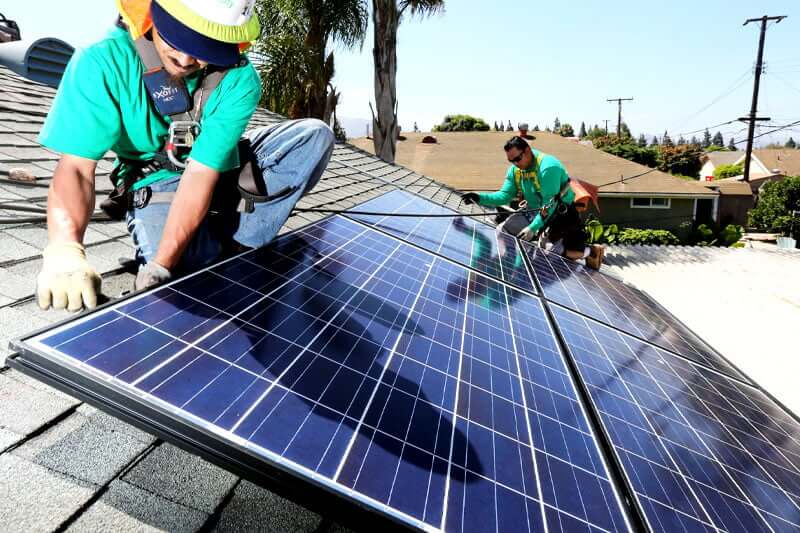
Table of Contents
Toggle
